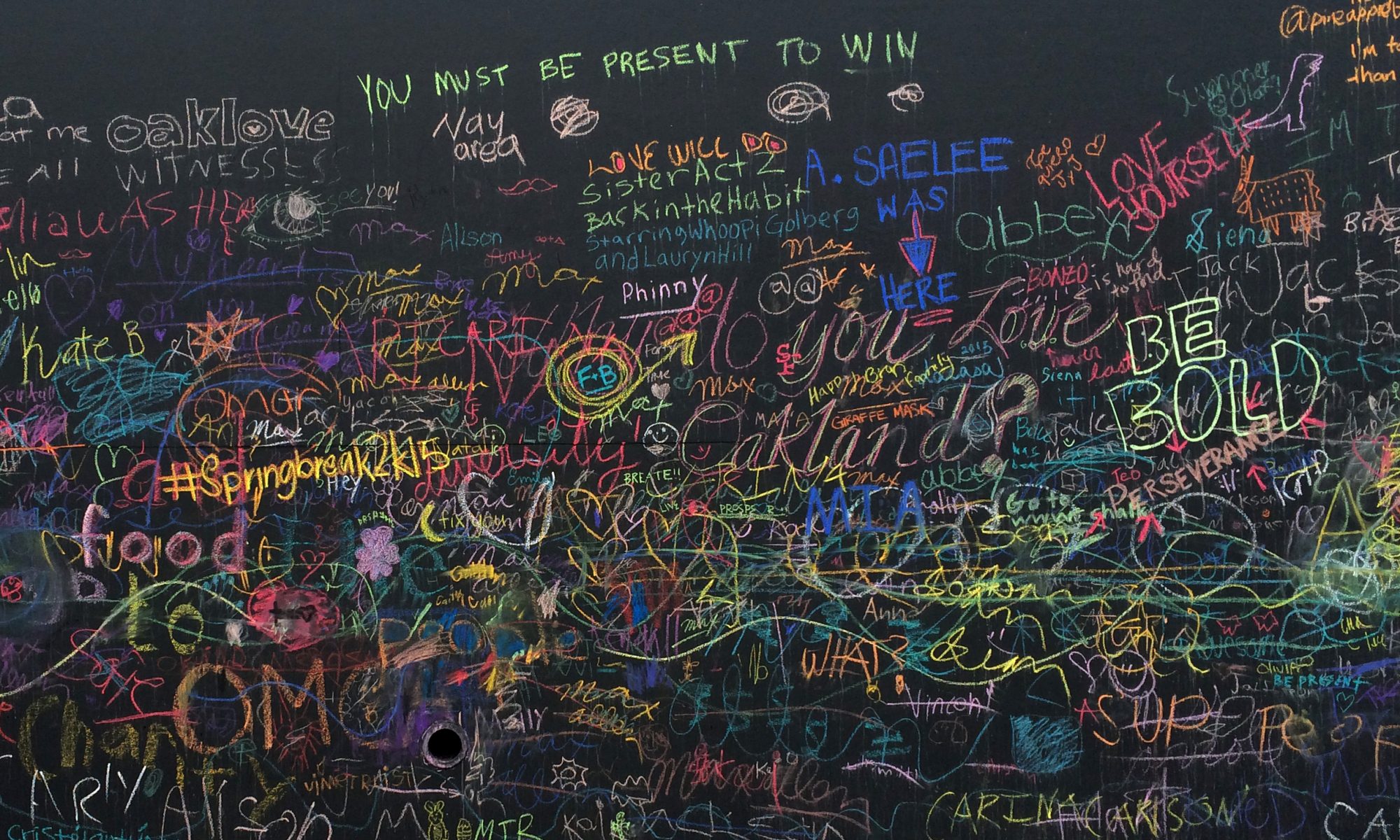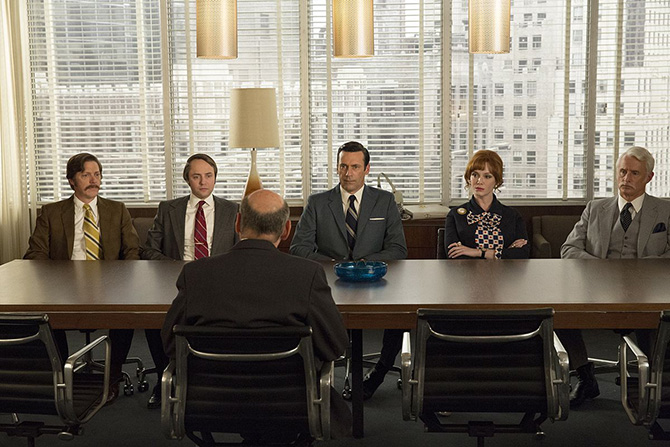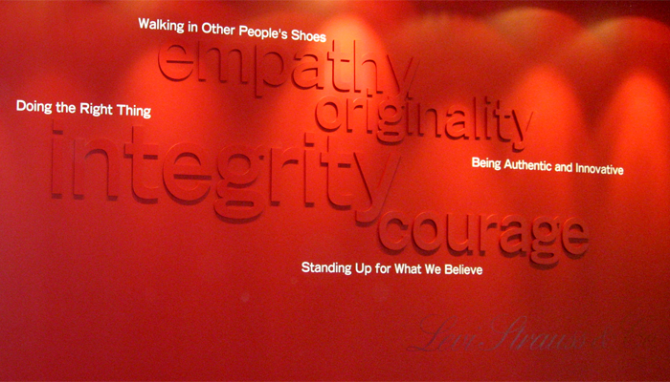Everyone is talking about the $1 Billion dollar buyout of Dollar Shave Club by Unilever in terms of disruption and startup success. I can’t help but wonder what’s in it for customers.
DSC sells monthly subscriptions to inexpensive men’s razors, a rebel brand positioned against the trend of aggressively overpriced and over-featured razor blades. (Think $1 per blade vs. $3-5. Razors are such a racket!) The company has never turned a profit, so from their perspective a buyout worth 5x their revenue is a dream. While they hadn’t yet made it into the black, what they have done exceptionally well is attract an engaged, young demographic poised to buy their product monthly for decades to come. Access to this customer base — and the cheeky advertising that built it — is what Unilever is paying for. It’s a big number to DSC, a tiny one to Unilever. A win-win.
The analysts see disruption as the takeaway. That another upstart has undercut an established industry is indeed scary news to many businesses. Naturally, the press has put out a string of breathless warnings about new models and subscriptions coming for their market share. No one is safe! They’re right. They are also speculating how this affects competitors, particularly Gillette, owned by P&G, and if a pricing war on the horizon. All very interesting from an industry point of view.
Where are the customers in this conversation? I haven’t seen any mention by analysts of how this might be good (or even bad) for customers. How do they feel about their indie brand selling to a mega CPG company? How will this impact their dirt cheap razor prices? Will they stay loyal, or defect to one of DSC’s competitors, like Harry’s? Will Unilever maintain what they value about this brand?
Unilever is a good company, known for a sincere commitment to being an ethical, sustainable business. I have no reason to believe they are scooping up a competitor to wreck it. But they won’t maintain an unprofitable division for long. Reportedly, they hope to increase profitability by reducing marketing costs and scaling up. Who knows? Maybe they’ll pull it off. But if I were a customer, I’d be expecting a price hike. If not now, soon.
Regardless, I hope Unilever is truly listening to these new customers and keeping them front and center in their conversations.
ETA: This is a great article about how this disruption happened, and role the invisible juggernaut AWS plays.



 Recently I was astonished to see this Sherwin Williams logo, which I assumed old signage. Seriously, who in the world would think this logo is a good idea? I was wrong. This very old mark — which, to its credit, looks decades newer than its pre-1900 origins — is in fact still the approved Sherwin Williams logo. How have I never noticed this before?
Recently I was astonished to see this Sherwin Williams logo, which I assumed old signage. Seriously, who in the world would think this logo is a good idea? I was wrong. This very old mark — which, to its credit, looks decades newer than its pre-1900 origins — is in fact still the approved Sherwin Williams logo. How have I never noticed this before? I believe in supporting companies that make a commitment to doing good, both as a designer and a customer. Whether or not they always succeed, understanding that business should also be socially and environmentally responsible is a big step towards where we need to be. Although the real trick is you have to mean it.
I believe in supporting companies that make a commitment to doing good, both as a designer and a customer. Whether or not they always succeed, understanding that business should also be socially and environmentally responsible is a big step towards where we need to be. Although the real trick is you have to mean it. Last weekend there was a highly critical
Last weekend there was a highly critical